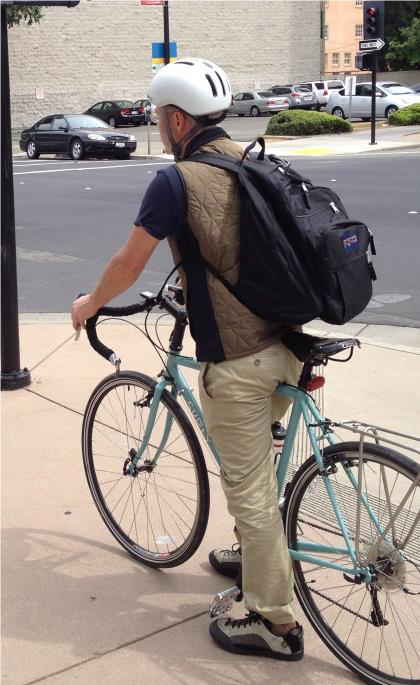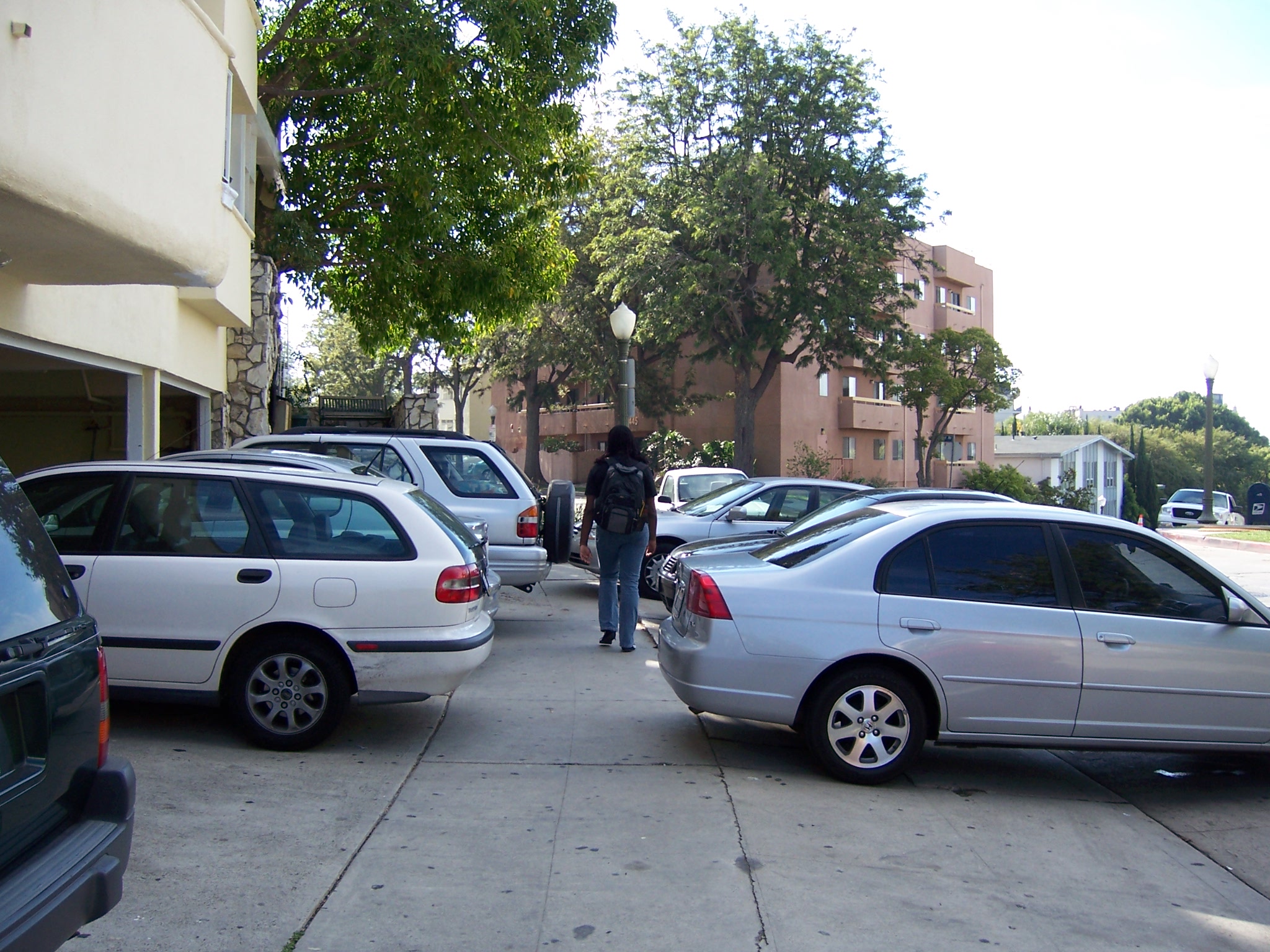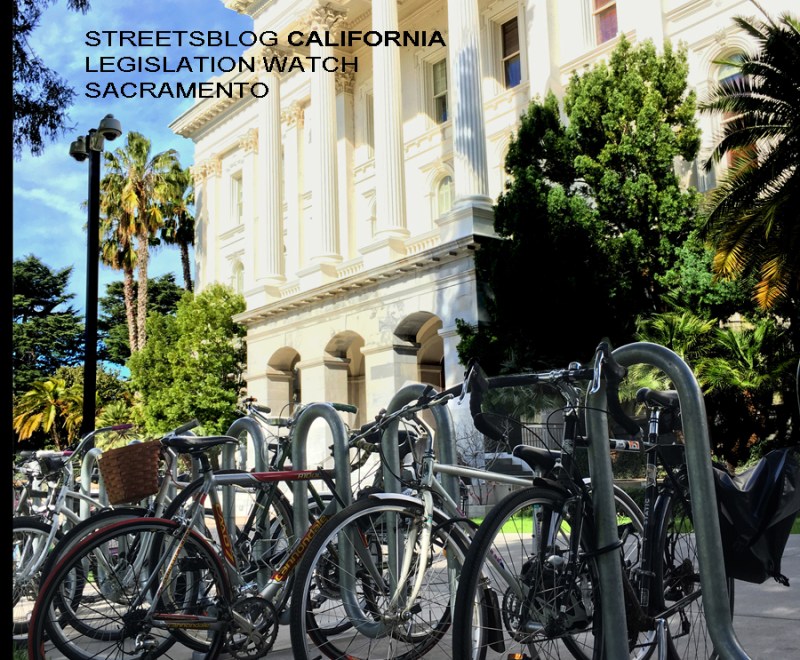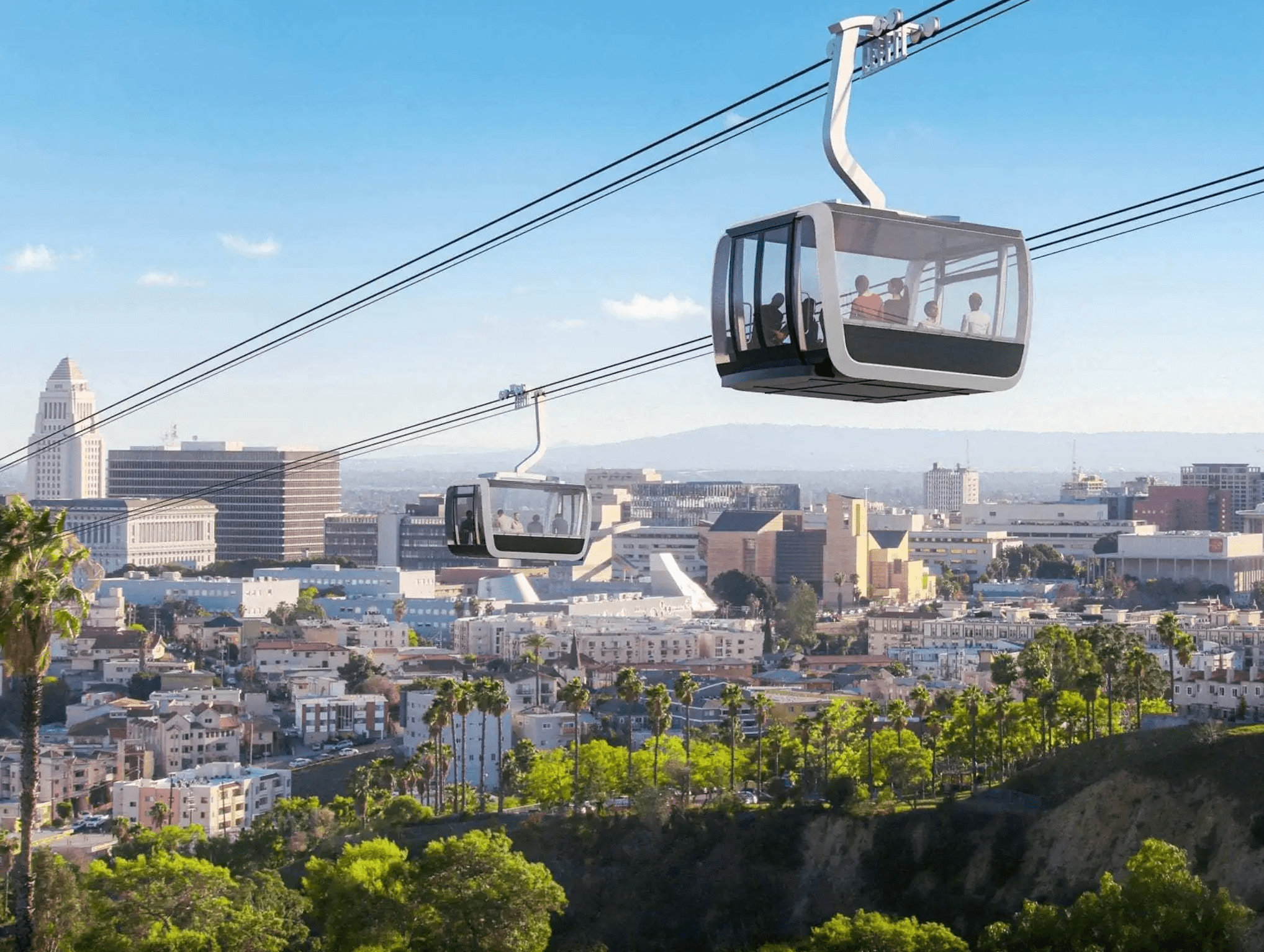A recently released study of the level of personal exposure to harmful pollution while traveling found that, among various mode choices, train passengers are exposed to the highest average levels of pollution.
People traveling by car, bus, and bike are exposed to generally similar levels of pollution--less than train passengers--but the clear winners—those who breathe in the least black carbon, fine particle matter, and ultrafine particulates—are those traveling by electric-powered light rail.
The study, conducted by the California Air Resources Board (CARB) between April 2014 and November 2015 in the Sacramento area, only measured personal exposure to pollution while traveling. It was not set up to measure sources or compare them. Therefore the study's recommendations, unfortunately, also focus on reducing personal risk of exposure, rather than on reducing emissions.
For example, researchers found that people traveling by car can reduce their personal exposure to harmful pollution by closing their windows and running the air conditioner on recirculating mode--which leaves their emissions for other people's lungs to filter, and does nothing to address the energy and greenhouse gas emissions consequences of running the air conditioner all the time.
People on bikes are exposed to the highest levels of pollution per mile—surprise! But, say the authors, bike riders can reduce their exposure by “choosing dedicated pathways that are away from traffic sources.” Yes, of course. And every bike commuter would love to have that choice.
Even people riding diesel trains breathe less pollutants when they ride trains that are pushed by the engine, rather than pulled, the study found. In that case the engine pushes passengers out of harm's way, instead of blowing smoke all over them. But the engine's emissions don't disappear. And passengers can't exactly choose their destinations based on which end of the train the engine is attached to.
The authors also conclude that “since the average car and public transport trips are much faster than bicycle trips, they may offer shorter exposure durations.” That seems to be a recommendation to reduce your own personal exposure to pollution by rolling up your windows and driving as fast as you can, thus leaving your car's emissions behind you for others to enjoy.
To their credit, the authors add the caveat that “cycling has significant health benefits.” They don't add--but we know--that those benefits can far outweigh exposure to safety and pollution risks.
CARB researchers conducted the study using a backpack outfitted with air pollution measuring equipment, recruiting volunteers in the Sacramento area to collect data during their daily commute into downtown by car, bus, light rail, train, and bicycle. They measured exposure to three types of pollutants:
- particle pollution that can be inhaled deep into the lungs and then be absorbed into the bloodstream, including tiny particles measuring 2.5 micrometers or less in diameter
- smaller ‘ultrafine’ particles
- soot from diesel engines and other combustion sources, known as black carbon
CARB notes that since the study was conducted, changes have been occurring that would likely change the outcome if the measurements were taken today. For example, trains on the Capitol Corridor started using California-built Siemens Charger Clean Diesel-Electric Locomotives, and they have been testing cleaner-burning renewable diesel fuel. Both technologies can reduce particle emissions by about ninety percent. And more local transit agencies are adding electric buses to their fleets. Another future change will be when Caltrain finally electrifies its system.
Many of these changes results from programs run by CARB aimed at reducing emissions, including climate changing greenhouse gas emissions. Some of them are funded by cap-and-trade.
In a press release, CARB Research Division Chief Bart Croes points out that one important finding from the study “is the need for more light rail and dedicated bike paths, as well as cleaner locomotives.”
Let's hope the process of investing future transportation tax dollars from S.B. 1 reflects that finding—and that more work will be done to identify and precisely measure the sources of all that pollution. If people's cars are producing it, there is little to be gained from advising them to protect themselves by turning up the AC, while they supply everyone else with dirty air.
There is nothing surprising about these findings. But the study is not without utility. For example, those portable measuring devices got a solid test run. They are now another tool that can be used to study very local exposure to emissions, including finding and measuring air pollution hotspots in disadvantaged communities, as called for by recent legislation passed alongside California's industry-friendly update of cap-and-trade.
If used correctly, that data will be invaluable for helping decide where to start building those dedicated bike paths away from traffic, and to figuring out where those light rail lines are most needed right now. And, please, to encourage drivers to choose a different mode rather than just roll up their windows.





